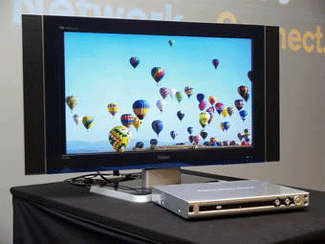Technique for improving ultra-wideband (UWB) technology

Short-range wireless communications have become an essential part of everyday life thanks to the enormous growth in the deployment of local area and personal area networks. However, current wireless technology cannot fulfill the requirements of emerging new generation services. This fact motivated the resurgence of ultra-wideband (UWB) technology, which is based on the emission of low power pulses with subnanosecond time duration.
As a result of the extremely short time duration of these pulses, ultra-wideband signals have a spectral occupation on the order of several GHz and allow high data-rate communications with multipath immunity and high temporal resolution. Applications of UWB signals are diverse. In the field of communications, they allow high speed wireless connections. In the field of radar, they allow precise positioning for both indoor and outdoor environments. In the field of medicine, they allow the non-invasive capture of high definition images.
In the work presented by the authors, the problem of time delay synchronization for a stream of UWB pulses is addressed. The time delay estimation is a very important problem to be faced by any communications receiver, but for the case of UWB signals, special considerations must be made. One of the main problems with UWB signals is the severe distortion experienced by the transmitted pulses when propagating through the channel. This distortion depends on the propagation angle and the obstacles the emitted pulses find in their way to the receiver. Moreover, the distortion can be time-varying depending on the movement of nearby objects and the relative movement between transmitter and receiver.
Since determining the exact distortion of the received pulses is a complex problem, the authors propose to design a robust synchronization technique that does not depend on the shape of the received waveform nor the information modulating these waveforms. By doing so, significant flexibility can be gained at the receiver side in the sense that the system can operate in an autonomous manner.
Structure of the received signal in the presence of a time delay.
Bit error probability as a function of the received power at the symbol level. Comparison between the mostly adopted method ("dirty template") and the proposed one.
José A. López-Salcedo
Gregori Vázquez1


